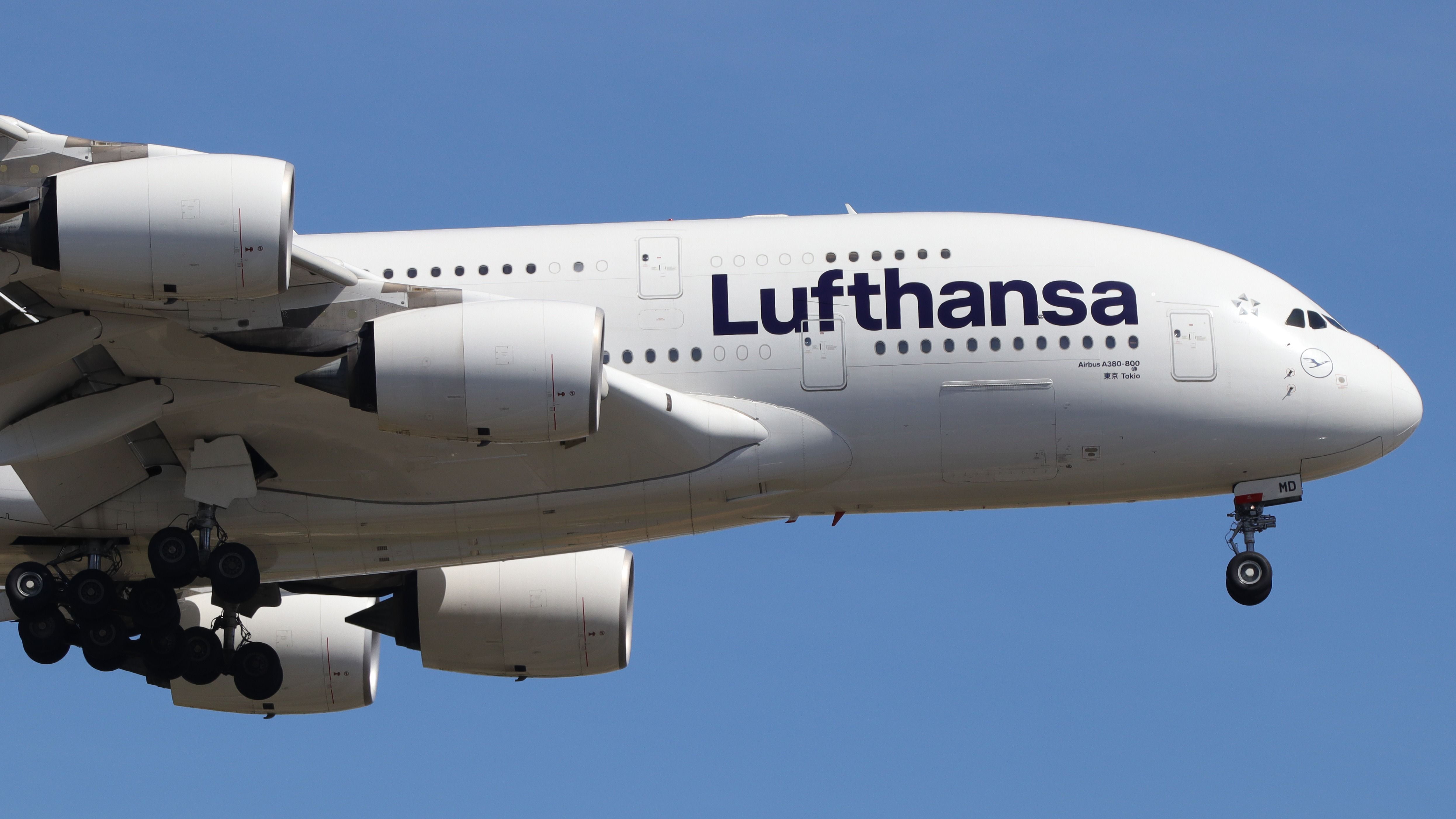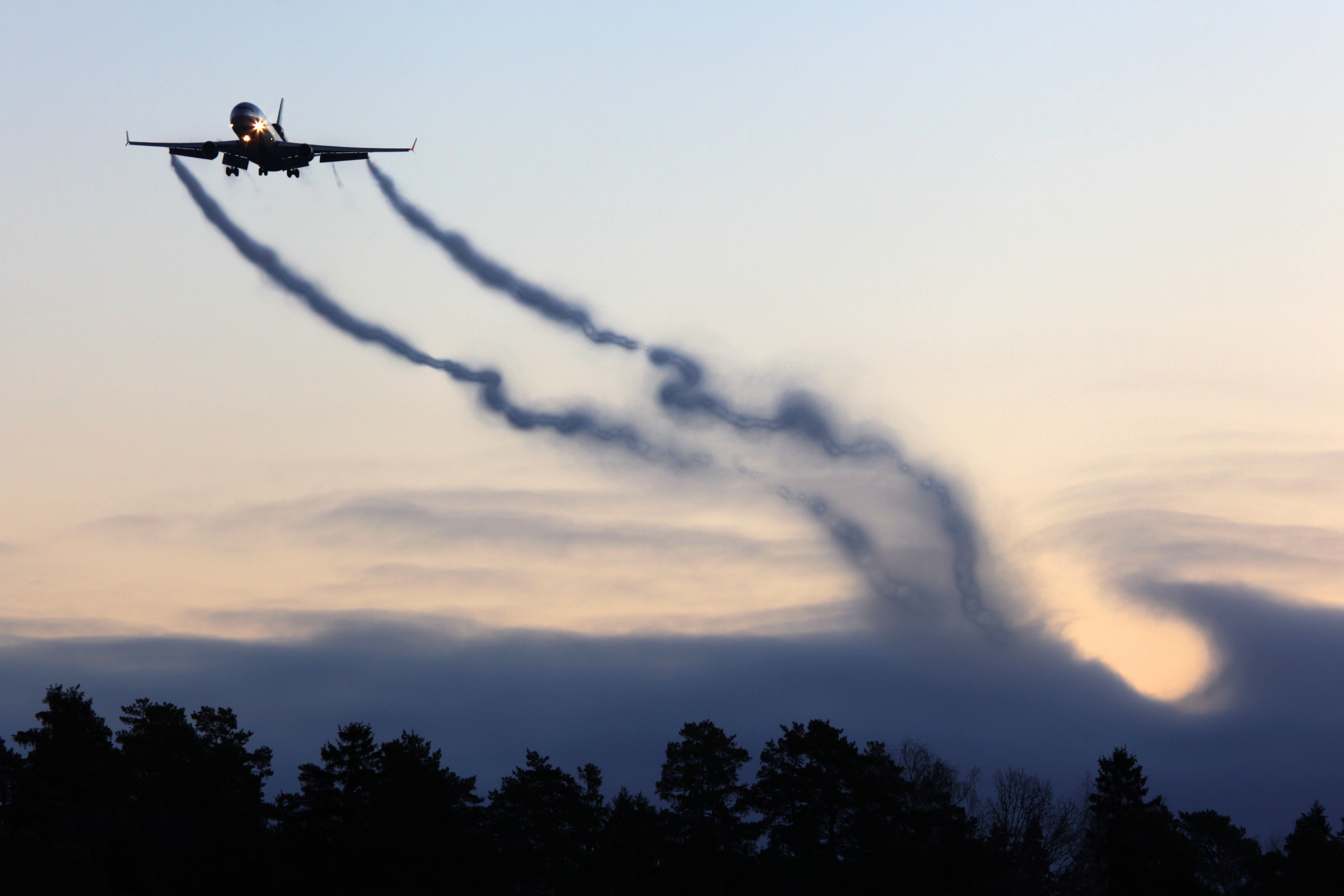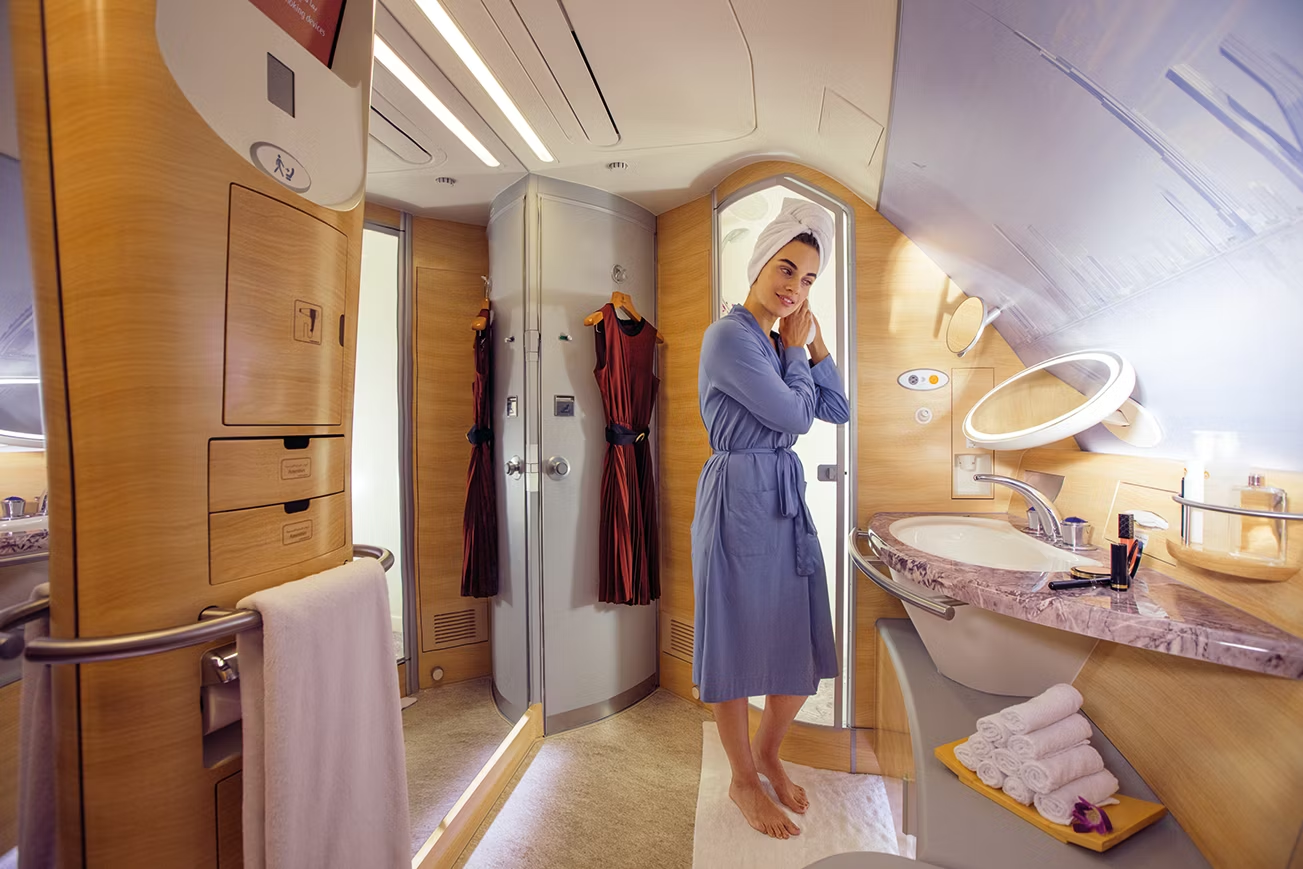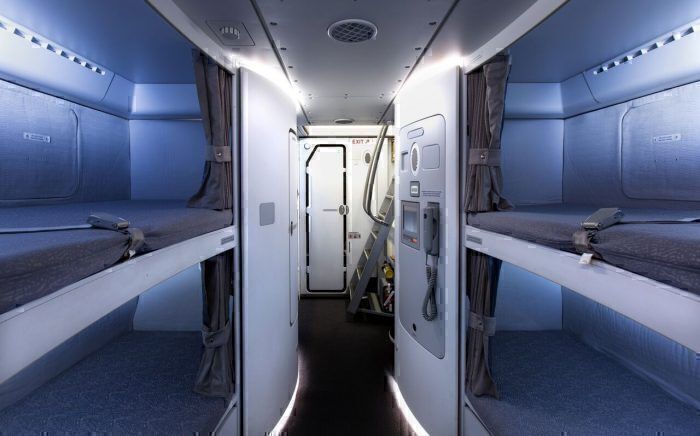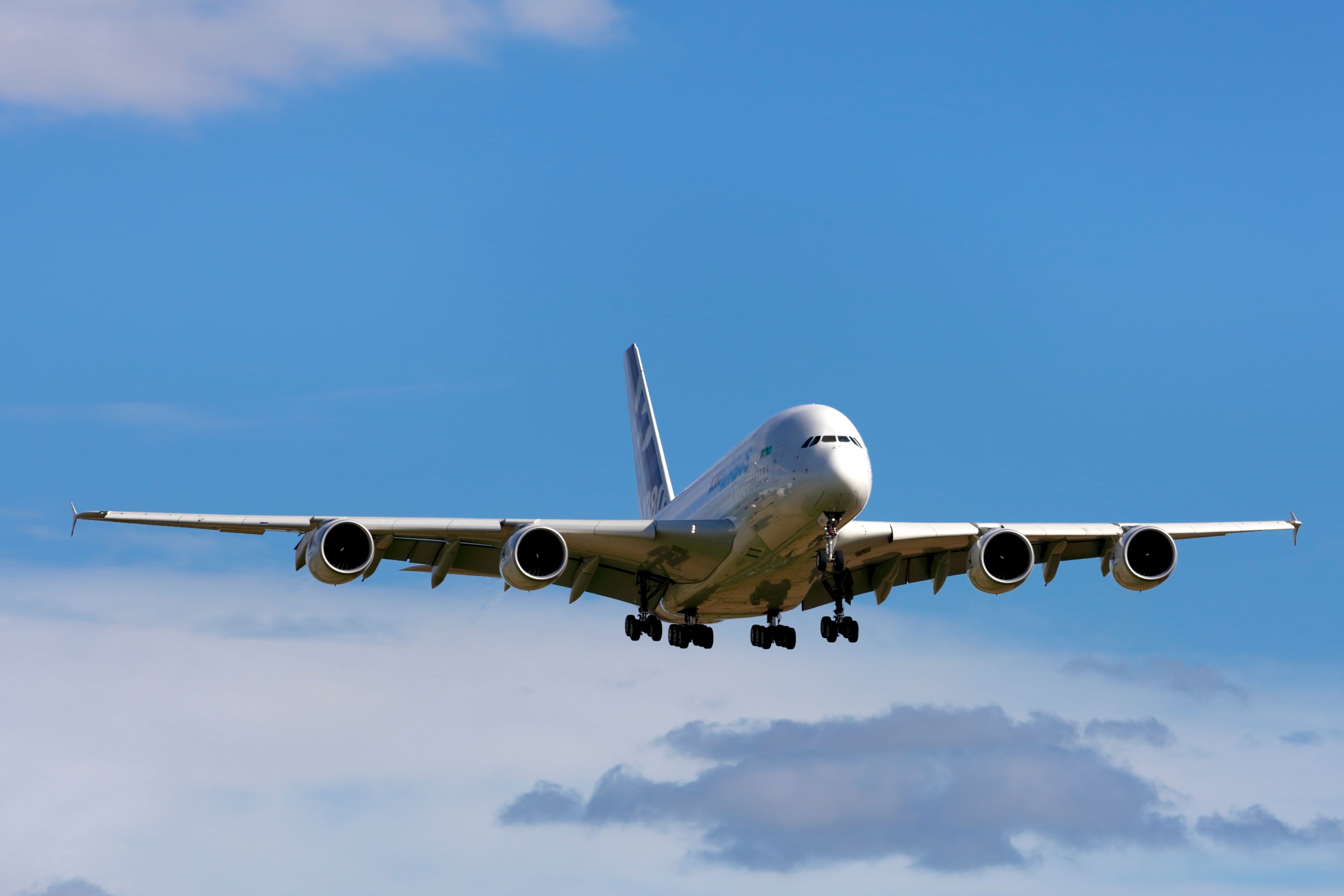The Airbus A380 is an unquestionably stunning aircraft and is sure to capture the attention of many wherever it flies. While the aircraft has not had as long of a successful life compared to the Boeing 747, several planes continue to operate passenger flights today. In contrast, many 747 examples have been retired or converted into freighters. It has taken some time for A380 operators to introduce their planes back to service since the pandemic. But now that worldwide travel demand has returned, the jumbo jet is utilized quite frequently, transporting thousands of people daily.
Production of the A380 ended in 2021, meaning many of these birds are relatively young and still have several years of flying left. Sadly, some airlines, such as Korean Air, have already retired their planes due to operating costs. However, Dubai-based Emirates, the world’s largest A380 operator, has indicated that it will continue to operate the aircraft through as late as the early 2040s. Despite the industry primarily transforming its favor to twin-engined aircraft for long-haul flights, the A380 just has some advantages that its smaller competitors do not – especially for long-haul flying.
As a specific jet with specific qualities, here are five things you may not know about the A380.
1
Hundreds of miles of wires
The art of electrohydrostatic actuation
This particular jumbo jet requires a good amount of electronic equipment to operate properly. According to CNN, the aircraft has over 300 miles of electrical cables and wiring – so much that Airbus experienced challenges during production. Its sheer size prompted a new approach to flight control technology, as reported by Avionics International:
- The A380’s wingspan is 262 feet, which is nearly the size of a football field
- Its horizontal stabilizer is equal to the size of a pair of A319 wings
- Has a hydraulic and electric architecture to power flight controls
Photo: KITTIKUN YOKSAP | Shutterstock
Up to 8,000 brackets hold up the wiring in each aircraft. Airbus sped up the installation of the brackets in 2009 to streamline production. Although there is a surplus of wiring, Michael Comes, Airbus’ director of engineering systems for the A380, explained that electrohydrostatic actuation generates weight savings for the aircraft.
“The combination of the higher hydraulic pressure and the ‘more electric’ flight control architecture led to a weight reduction of approximately [3,307.5 pounds] 1,500 kg for the aircraft,” he said.
2
Turbulence maker
The skies can be unstable after takeoff
Since the A380 is so large, the aircraft can disturb other aircraft in its vicinity. Its size and weight, when airborne, can create a phenomenon known as wake turbulence:
- The function of an aircraft producing lift
- Results in the formation of two counter-rotating vortices trailing behind the aircraft
- Its strength, duration, and the direction of the vortices can impose rolling movements on aircraft that encounter it
- Can cause potential injuries and damage to other planes
Photo: Fasttailwind | Shutterstock
According to CNN, a small private jet flipped over in the air after it crossed paths with an A380. Recently, aviation regulators have suggested that aircraft should wait at least four minutes before taking off or landing on the same runway that was previously used by an A380. Wake turbulence is generated by every aircraft, according to the FAA. However, given the A380’s size, it could cause major effects on smaller planes.
“In rare instances, a wake encounter could cause catastrophic inflight structural damage to an aircraft,” the FAA says. “However, the usual hazard is associated with induced rolling moments that can exceed the roll-control authority of the encountering aircraft.”
3
Cloudy with a chance of showers?
Luxurious spa areas for premium passengers
Emirates became the first commercial airline in the world to offer showers on its A380s in 2008. They are exclusively available to first class passengers and are located in the spa on the second deck in front of the aircraft. Each shower has the following amenities:
- Heated floors
- Voya spa products
- Rosemary, mint, lavender, lime, and mandarin aromas to prepare passengers for their arrival or a restful sleep
- Hand and body creams, as well as hair products and body wash
Photo: Emirates
The showers are fully functional, but passengers only have five minutes of running water for conservation. However, 30 minutes are allotted inside the spa.
4
A third deck?
Where the crew can retreat
The A380 is known for having two full decks, but is there a secret third deck? Each flight requires three pilots in the cockpit and up to more than 20 flight attendants, depending on capacity and the seating configuration – which comprises the largest crew of any commercial aircraft.
Photo: Qantas
According to CNN, the galley area has enough room for five crew members to work at the same time while other crew can rest in a secret compartment:
- The A380’s crew rest area is found on the third deck, which is a restricted space underneath the economy cabin
- As many as 12 crew members can lie down on beds
5
Not suited for every destination
Special accommodations are required
The introduction of the A380 also brought on the introduction of new facilities at airports. Due to its size, the aircraft understandably just cannot fit at every airport. In fact, some airports have made special modifications to their gates, such as constructing new jet bridges to accommodate the A380. However, some runways are just too short to handle the jumbo jet. Less than 150 airports can successfully accommodate the plane:
- Only 140 airports worldwide are A380-compatible
- The aircraft can successfully land at over 400 airports in the case of an emergency
Photo: Andrew Harker | Shutterstock
Denver International Airport (DEN) was formerly among the 400 airports, as an Air France A380 made a medical diversion to the airport in 2018. However, the airport did not have a pushback bar for the aircraft, so it could not use a gate. The airport has since purchased one, making it officially A380 compatible.


